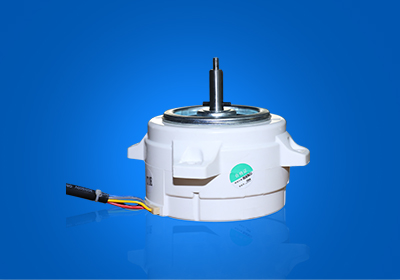The working principle of DC Range hood motor and 6 methods of insulation of commutator.An electric Range hood motor is a rotating machine that converts electrical energy into mechanical energy. It mainly includes an electromagnet winding or distributed stator winding used to generate a magnetic field and a rotating armature or rotor. Some of these machines can be used as electric Range hood motors or generators.
It is a machine that converts electrical energy into mechanical energy. Generally, the working part of the Range hood motor rotates, and this type of Range hood motor is called a rotor Range hood motor; there are also linear motions, called linear Range hood motors. The electric Range hood motor can provide a wide range of power, from milliwatt level to tens of kilowatt level. The Range hood motor is very convenient to use and control.
It has the capabilities of self-starting, accelerating, braking, reversing, and catching. It can meet various operating requirements. The working efficiency of the Range hood motor is high, and there is no smoke, smell, pollution, and noise. Also smaller. Because of its series of advantages, it is widely used in industrial and agricultural production, transportation, national defense, commercial and household appliances, medical electrical equipment, etc. In the DC Range hood motor, the commutator is equipped with a brush, which can convert the external DC power supply into an alternating current in the armature coil, so that the direction of the electromagnetic torque is constant
1. Groove insulation;
2. Interlayer insulation;
3. Slot wedge;
4. Armature conductor tail shape, both ends are fixed with steel V-shaped sleeve and V-shaped mica ring;
5. Coil insulation;
6. Lock the slot bottom insulation nut.
